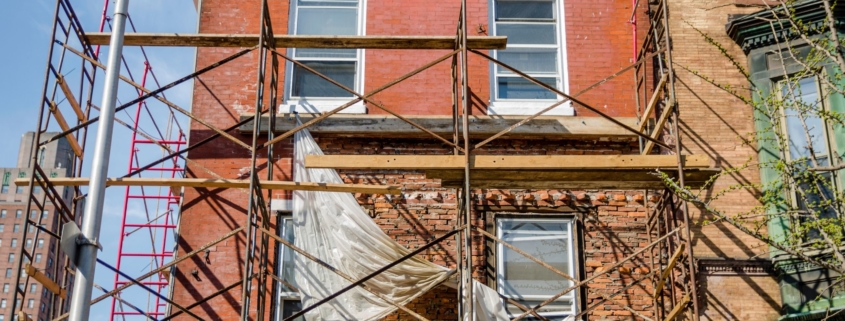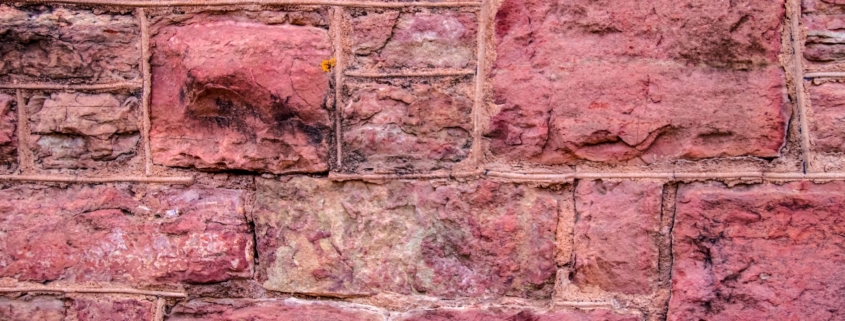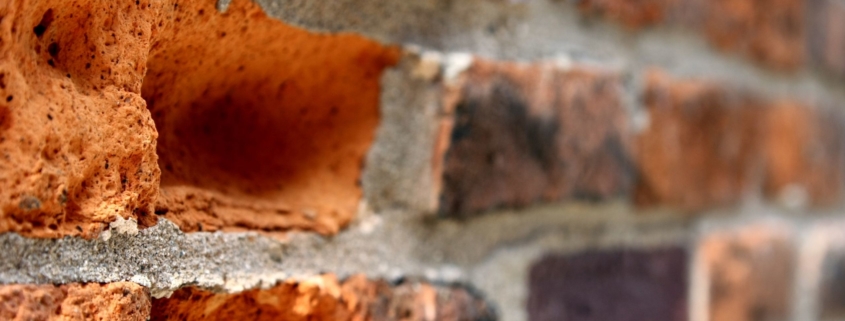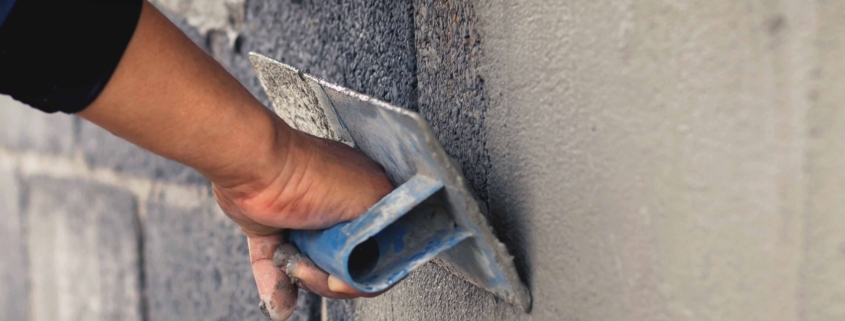Spalling Bricks: Common Causes and How to Fix Them
Brick masonry is a beautiful thing to behold. That’s why many homeowners choose masonry for their homes. Unfortunately, it can be prone to damage like every other home. For masonry, spalling is a common occurrence.
Spalling is when brick masonry deteriorates to the point where considerably big amounts of brick are falling down from the structure itself. The crack starts out small, but if left unattended, it can grow bigger. Aside from that, the spalling can spread to other locations on a surface, which is why it should be fixed as soon as it happens.
So how can you fix spalling bricks? We have listed everything you need to know below.
What Causes Spalling
Like other forms of home damage, many things contribute to spalling. However, the most common source of damage is water. After all, water erodes rocks, which bricks are made of. In turn, it weakens the masonry, especially if there’s water trapped in the structure itself.
How can water enter masonry? Well, there are several ways. Rainwater hitting the masonry, poor drainage, and wet soil are some of the most common. Moisture is also something that becomes a problem because it can weaken the masonry as well.
Many homeowners turn to non-breathable sealants to prevent water from entering the masonry, but what they don’t know is that it can do more harm than good. If sealants are applied, the water inside can’t escape anymore, which can cause spalling.
Common Areas Where Spalling Can Occur
If your home is made with masonry, there are common areas where spalling often occurs. These include:
- Underneath window sills
- On walls, specifically the lower half
- Around doors and stairs
- Near or around downspouts and drainage systems
- On bricks that are covered with soil or dirt
Fixing Spalled Bricks
The best way for you to determine how much damage has been done by the spalling is to tap on the affected areas, then take note where the damage appears to cease. If the spalling extends about three quarters of the structure, then extra measures need to be taken when it comes to repairs.
As long as the problem isn’t beyond repair, any experienced mason can fix it. Usually, repairs are done by replacing bricks and mortar. The repairs have to be done with precision and the proper tools, and the replacement bricks and mortar should also match the rest of the structure. In some cases, though, repairs are done by simply reusing and turning the affected bricks around, provided that other sides are free from damage.
Before letting your mason work on repairs though, make sure to properly identify and remedy the cause of the problem. If you don’t do this, spalling may still happen even if repairs are done.
Spalling Prevention
Once repairs have been done, you should take it upon yourself to prevent the issue from ever happening again. You can install high-quality water systems that prevent water from reaching masonry structures. Using breathable sealants will work as well.
Conclusion
Spalling can be a daunting thought for a homeowner with a brick home, and seeing the damage is even scarier. Luckily, there are many experienced masons who can handle the problem flawlessly. Aside from that, there are also ways that the homeowner can prevent spalling from happening.
Red Robin Masonry prides itself on being the best provider of quality brick repair services in Toronto. If you notice that your home has small damages, don’t delay because it will just grow bigger. Contact us immediately and let us solve the problem before it gets worse!





